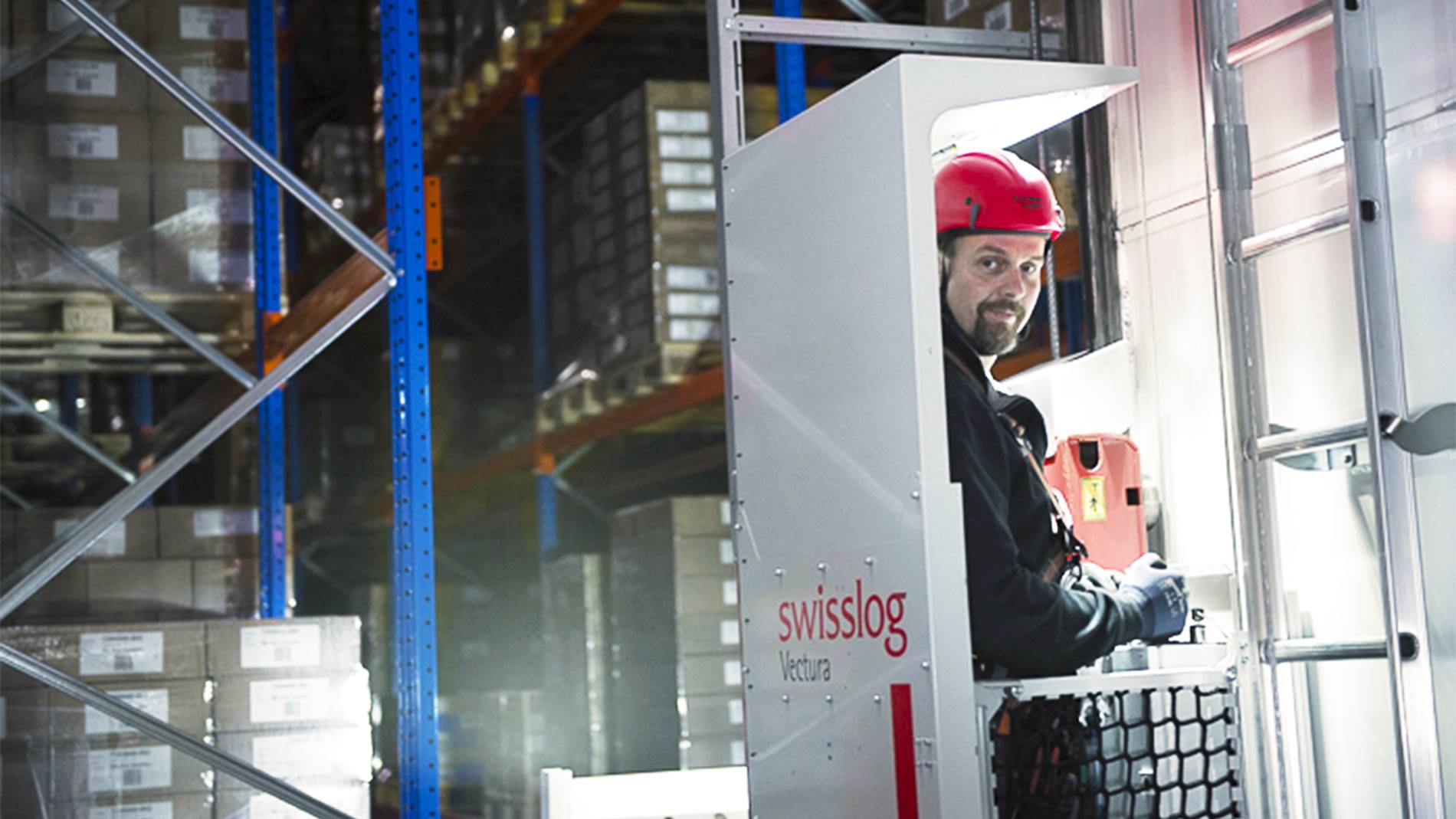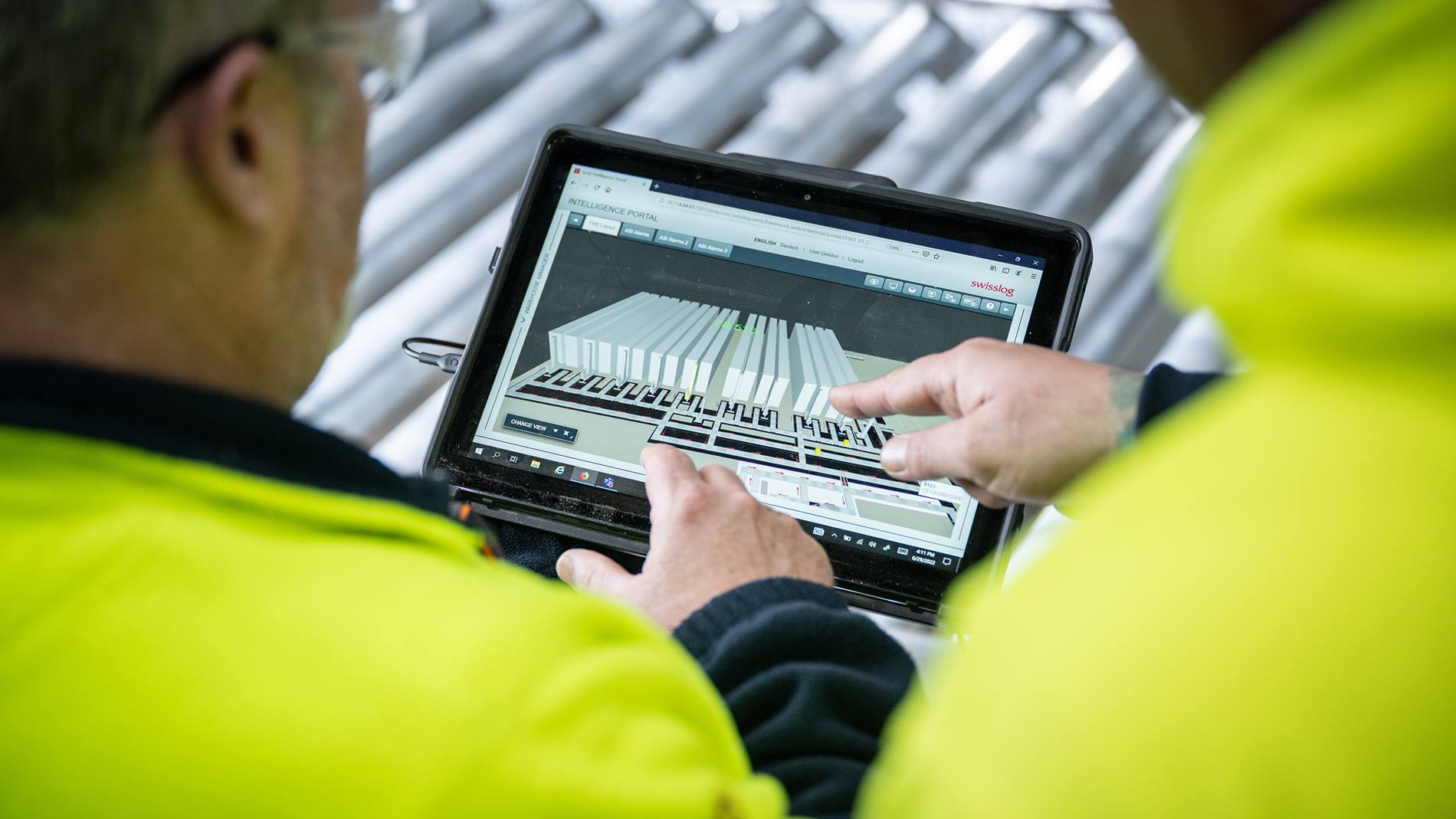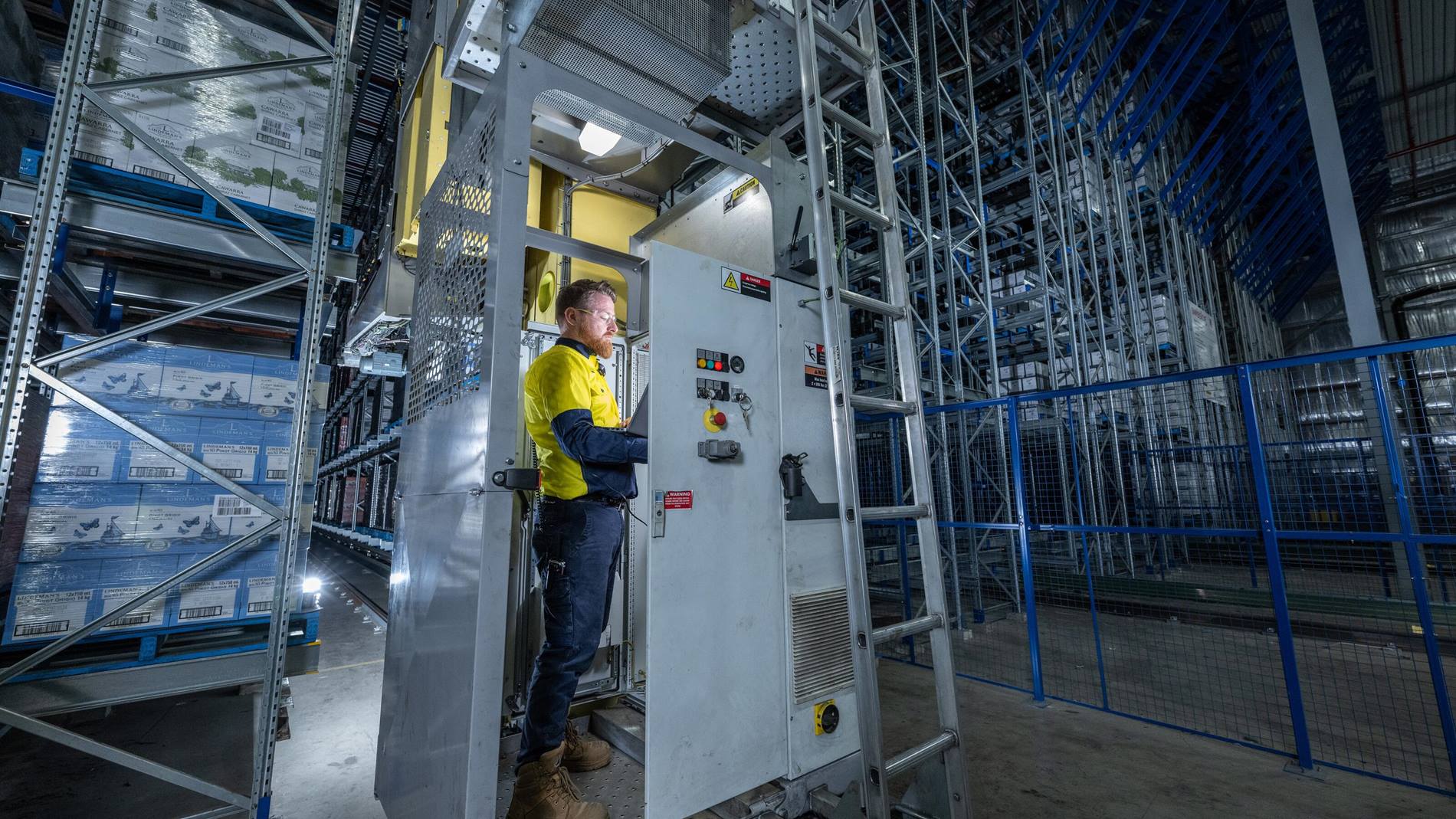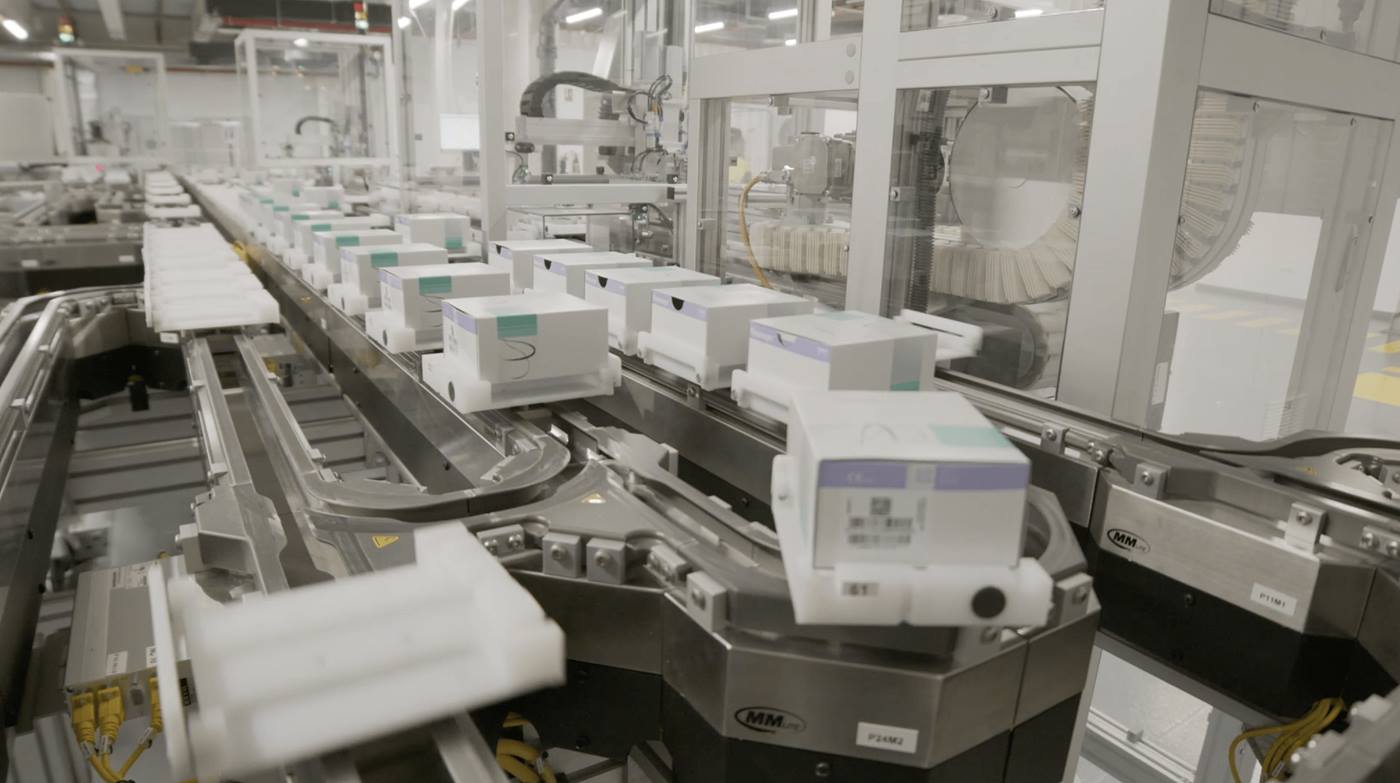Top 6 tactics to cut pallet storage costs in the Food & Beverage supply chain

What impacts pallet storage costs?
Pallet storage costs refer to the expense of storing goods based on the volume they occupy. In traditional warehousing setups, underutilized vertical space, inefficient pallet configurations, and out-of-date racking systems can lead to reduced capacity and wasted money.
For F&B businesses, this challenge is compounded by high SKU variability. Companies often introduce numerous product variations and line extensions to cater to different market segments, leading to a rapid increase in SKUs. More SKUs mean more storage space is needed and accessing the right stock becomes more complex.
Labor shortages are also pushing F&B companies to rethink warehouse workflows, with automation and better pallet configurations offering relief and cost savings.

Six tactics for reducing pallet storage costs
Implementing targeted operational improvements can dramatically reduce the cost per pallet stored. Here are some key tactics that F&B warehouses can adopt:
1. Maximize vertical space
By refining vertical stacking methods, you can maximize pallet heights and make full use of overhead space without compromising safety. Swisslog’s Vectura stacker cranes, such as those used in the recent warehouse upgrade for global snack food leader Mondelēz, provide the reach and reliability needed for this kind of optimization. The new Mondelēz facility is designed to handle 56,000 pallets initially in the high bay, with room to expand the ASRS up to 62,000 in the future as the business grows.
2. Utilize data
Use data to prioritize fast moving SKUs and eliminate redundant handling. Automated guided vehicles from Swisslog transport pallets dynamically across zones so you can store goods precisely where they belong and reduce manual labor.

3. Multi-deep storage
Minimize aisle footprint and boost cubic storage efficiency with multi deep racking systems. The scalable shuttle configuration of Swisslog’s PowerStore enables deep lane storage for pallets and maximizes every available bay.
4. Layer picking for mixed loads
Fulfill mixed case orders with automated layer picking to prevent half-filled pallets. Swisslog’s ACPaQ mixed case palletizer builds stable assortments tailored to each store’s needs, reducing waste and speeding up throughput.
5. Ongoing inventory audits
With regular inventory reviews, you can identify slow movers and free up prime space for high revenue SKUs. Swisslog’s SynQ software delivers real time visibility and advanced analytics across all systems so you can reallocate space with confidence.
6. Pallet dimensions
Adopt standard pallet dimensions where possible to enable tighter racking designs and more predictable layouts. Swisslog’s ProMove pallet conveyor system handles standard loads at a high speed, reducing idle pallet space and maintaining throughput.

Looking ahead: Building resilience in warehouse storage
F&B businesses face rising costs and shifting demands, making smart storage strategies more essential than ever. Automation is now viewed not just as a cost-saver, but as a cornerstone of futureproofing. From robotic palletizers to multi-temperature cube storage and advanced shuttles, technologies are driving efficiency and space optimization.
Brownfield retrofits often offer a budget-friendly route to automation, while greenfield builds enable vertical growth and streamlined implementation. With expertise in both approaches, Swisslog supports precise, scalable solutions tailored to complex F&B operations.
Harnessing high-quality data is crucial. Tools like digital twins are emerging as powerful next-step innovations, allowing teams to model, adapt, and optimize storage layouts virtually before implementing physical changes. Swisslog continues to explore these future-ready technologies while helping F&B companies apply proven automation solutions across both greenfield and retrofit sites.









